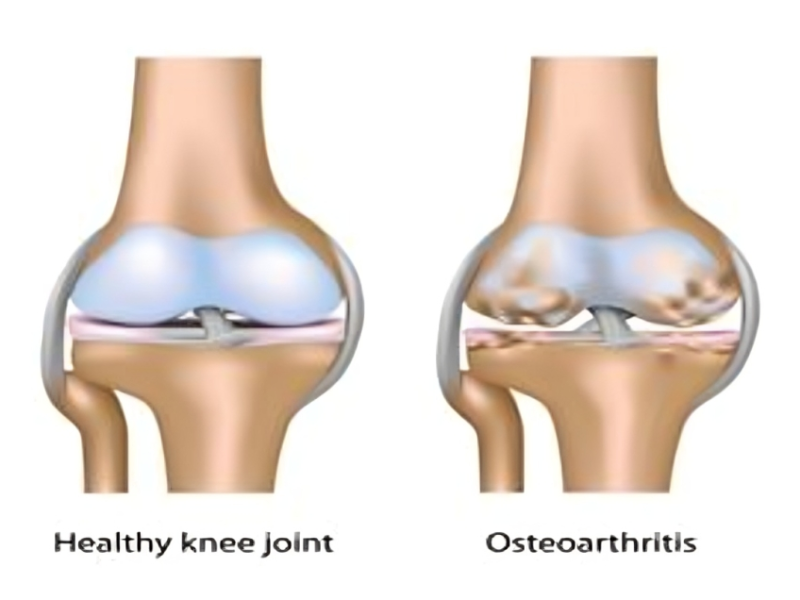
When it comes to caring for your horse, there’s a wide variety of oral supplements that can be administered; one of these supplements is hyaluronic acid. This compound mainly serves to help the joints function properly by keeping them strong, flexible, and lubricated.
Hyaluronic acid is also used in many human cosmetic care products to improve skin volume, reduce sagginess, and moisturize. The amazing effects are demonstrated by the fact that hyaluronic acid injections have been used to assist patients with arthritis far before they entered the cosmetics market. If you are looking to keep your horse in top shape, supplements with hyaluronic acid are great.
Hyaluronic acid does a lot within and around the cartilage of a horse’s joints. It is found both within the cartilage when combined with another chemical known as aggrecan and outside of the joints suspended in joint fluid. When it resides in the joint cartilage, this chemical must allow the cartilage to take up water which reduces the force of shock, keeps it flexible, and stops it from getting too compressed. Outside the cartilage, hyaluronic acid is literally like oil is to a combustion engine. It keeps the joint fluid nice and slippery to keep the joint ‘greased’.
The role of hyaluronic acid in treating arthritis for horses dates back to 1970 when the substance was in the black market and had to be shipped in from Europe. It started being used for racetrack horses to keep them going regardless of the arthritis that plagued their joints. It wasn’t long before hyaluronic acid became widely known as an effective treatment for arthritis.
Before the use of HA, various kinds of steroids were used instead. These treatments posed some serious problems after prolonged use such as inhibiting the metabolism of joint cells and causing various other diseases and infections.
After years of use on the black market, the FDA finally took an interest in hyaluronic acid as many American companies began marketing HA cosmetics. There is a difference in quality which everyone considering HA should look out for. The lower molecular weight varieties are much less effective at treating joints and lead to higher rates of joint swelling. The higher molecular weight varieties with longer chain lengths are much better at effectively getting into joints and improving the situation without resulting in painful swelling.
Today, you can treat your horse with a much more sophisticated means of administration. For example, you can now inject hyaluronic acid intravenously which will utilize the bloodstream as a highway to spread the treatment. It has been shown that intravenous treatments are very effective, as treated horses experience much less pain, and rigid movement, and have improved cartilage condition.
If you’re looking for a joint treatment that will keep your horse in optimal condition, look for herbal extracts elements, especially the hyaluronic acid treatments. Be sure to get the more expensive yet more effective version of HA which has high molecular weight and a longer chain structure.
